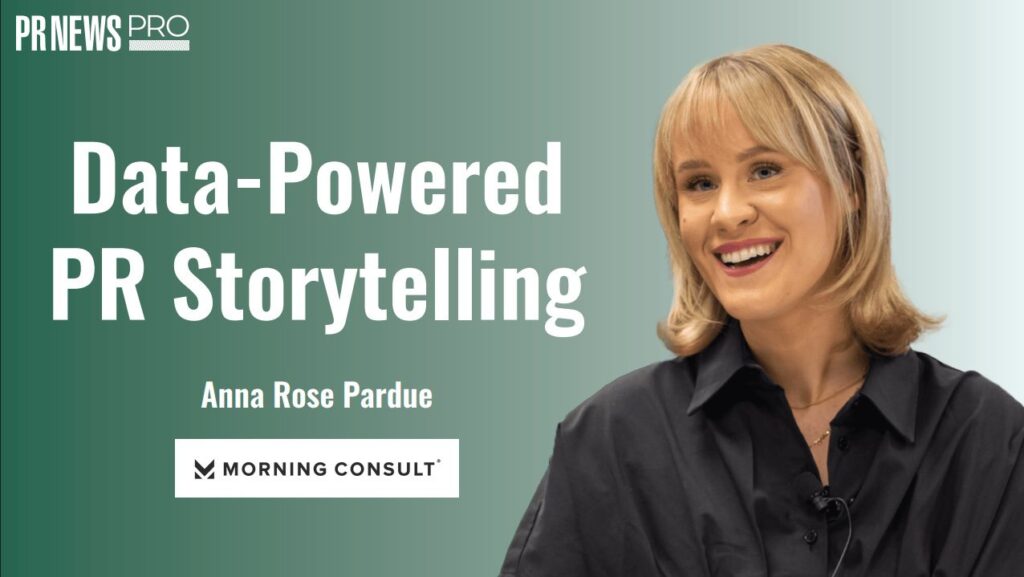The commercial potential of the Web once appeared boundless. It took an implosion of dot-coms who might have caught Wall Street’s fancy, but never had a prayer to show a profit — let alone revenue — for the real world to catch up.
Still, new media may turn out to be advertising’s savior in both the short and long terms, making up for flat or soft growth from traditional media. Double-digit growth is projected for the foreseeable future.
A great boost is the fact that the tools have caught up to the ideas, making it possible for visionaries to unleash their most creative ideas in a new setting. The combination of PCs’ capabilities improving with broadband extension has resulted in full-motion video streamed as if it was regular television.
Last year, marketers took notice of the YouTube phenomenon, and encouraged aspiring filmmakers to wreak havoc with their brands. The interactivity that new media presented was a fresh departure from the suspect ROI that above-the-line advertising didn’t show.
Veronis Suhler Stevenson reported last month that it expects Internet advertising to become the largest ad segment in 2011, surpassing newspapers.
VSS estimated that spending on pure-play Internet and mobile services jumped 14.9%, to $31.89 billion, in 2006. This year they’re expected to grow 15.5% to $36.83 billion, Factors driving the growth include strong online and mobile ad markets, access to more original video through online and mobile applications and increased broadband penetration.
Social networks and consumer-generated content have yet to peak, and marketers will continue to figure out ways to interactively reach potential customers. It’s no accident that traditional media usage is down.
The Interactive Advertising Bureau and PricewaterhouseCoopers announced in June that Internet advertising revenues reached a new record of $4.9 billion for the first quarter of 2007, a 26% increase over the first quarter of 2006.
TNS Media Intelligence’s analysis of the commercial exploitation of the medium for the first quarter was not as bullish but still impressive, reaching $2.7 billion at a 16.7% lip over the year-ago period. TNS projects that Internet display advertising will grow in 2007 by 16%, four times the growth rate of any other medium.
“Online advertising and search marketing, which was virtually unthought of several years ago, have violently impacted many tactics that are closely tied to an immediate consumer transaction,” Robert Coen, Universal McCann’s senior vice president and director of forecasting, told media analysts earlier this year.
In August, William Blair & Co. issued an eye-opening report on the new demographic group known as Millennials, referring to the generation born in the 1980s and 1990s.
“Millennials came of age with computers, cell phones and the Internet, and interact with media differently,” William Blair noted. The college students surveyed are actively online for an average of close to three hours daily, compared to Veronis Suhler’s estimate of 30 minutes for the general population.
Not surprisingly, the Millennials identify the cell phone as the most important tool for day-to-day communication. That bodes well for purveyors of mobile coupons.
SNAPSHOT
The Internet is expected to be largest ad segment by 2011, and is the only ad medium experiencing double-digit growth.
Online ad spending hit a new record of $4.9 billion during the first quarter of this year.
College students spend three hours a day online, longer than the average 30 minutes.
 Network
Network

